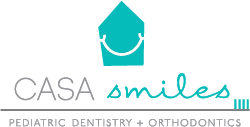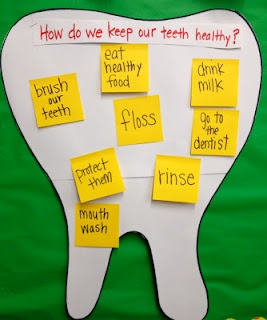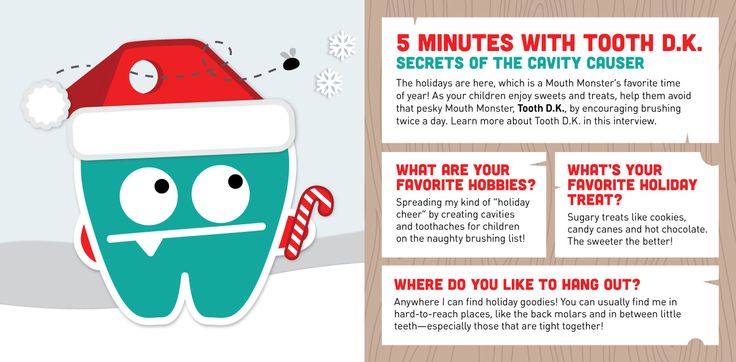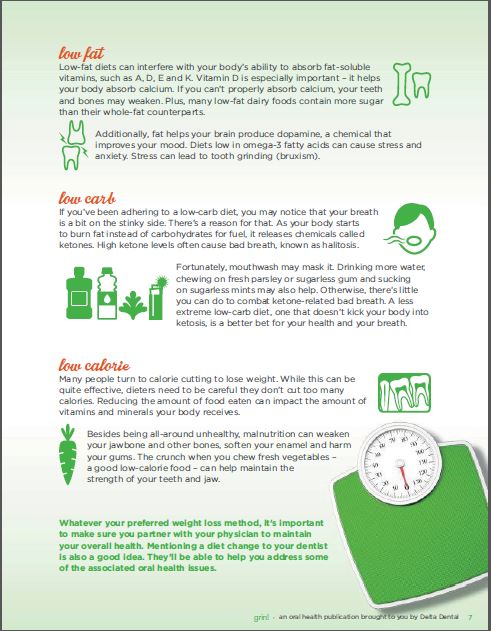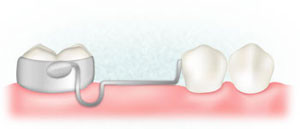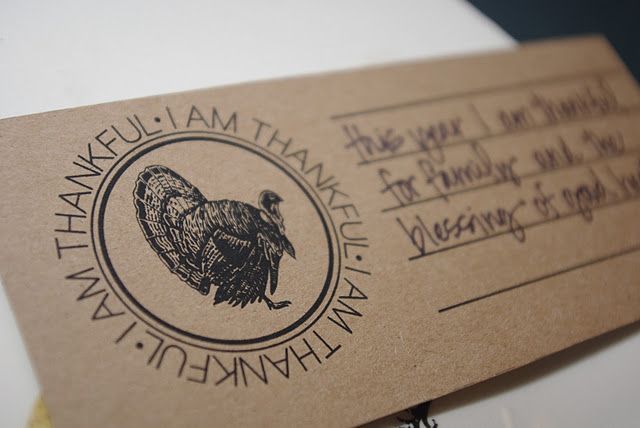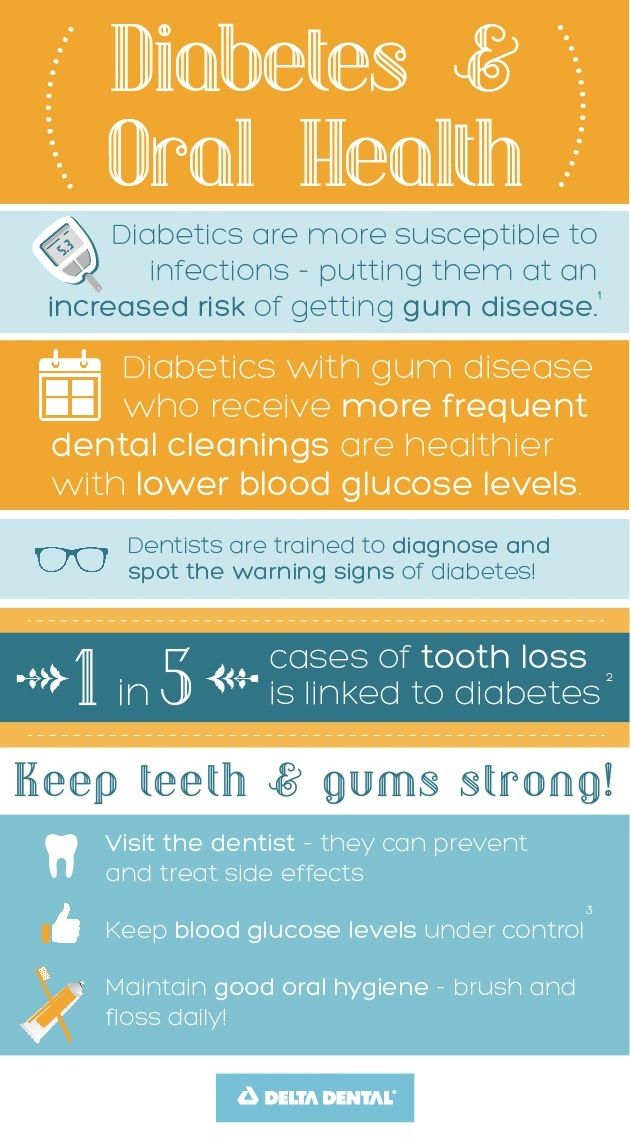Happy “Tooth-Day”!
Farah Flossit here, wishing you all a cheerful time of year.
Last week my entire report consisted of facts about the tongue & its functions. But there is a lot more to the anatomy of the mouth than just that. Our mouths are made up of numerous components that work together so that we can breathe, speak, eat & digest food. When you come to understand the parts of the mouth, their functions, & how all the components can affect your general health, you will appreciate the significance of oral care much more.
To sum up last week’s post, the tongue is a powerful muscle that facilitates chewing, swallowing, speaking, & tasting food. If you missed last week’s report & you’d like to learn all the facts about the tongue, visit http://casasmiles.com/anatomy-of-the-mouth-part-1/.
© Fotosearch.com
Lips & Cheeks
Your lips & cheeks are made up of muscles that not only give you the ability to pucker up for a kiss, but also help shape your facial expressions-both happy & sad. Lips let air into your mouth for breathing & together with cheeks, help you speak. They also keep food & saliva in your mouth while chewing. Ultimately, these strong muscles guide your teeth in their proper positions.
Teeth, Gums & Alveolar Bone
Your teeth have a hard enamel crown along with roots that anchor them in your jaw bone. The alveolar bone surrounds the roots to stabilize the teeth in your mouth, while gum tissue also holds the teeth in place & protects the roots from decay. The main function of your teeth is to tear & chew food so it can properly undergo digestion, but teeth also give your face its shape & help you pronounce certain sounds (& aesthetically, they make for beautiful smiles).
Salivary Glands
You have 6 salivary glands that produce the clear liquid known as saliva. Made up of mostly water, saliva also contains substances that break down food to begin the digestive process. In addition, saliva moistens your mouth so that you can easily speak, chew & swallow. It also repeatedly washes bacteria from your teeth & gums to help prevent cavities & gum disease. The minerals & proteins found in saliva play a vital role in protecting the enamel of your teeth from tooth decay, & your body produces about two to four pints of saliva a day, according to Healthline.
Temporomandibular Joint
Your ability to open & close your mouth, move your lower jaw forward & side to side, as well as chew, speak, & swallow is all thanks to the temporomandibular joints. These two joints, according to the American Dental Association (ADA), are located on both sides of your head & work together with your jaw bone, facial muscles & ligaments. Any disruption in the synchronization of this pair-like arthritis or grinding your teeth-can result in facial pain, difficulty in chewing & other hindrances to normal jaw movement.
HOW TO KEEP YOUR MOUTH & SMILE, HAPPY & HEALTHY
Now that you know how all the parts of your mouth play a part in the basic functions of talking, chewing, swallowing, breathing, digestion, & facial expressions, you can appreciate how important your daily oral hygiene habits are. Brushing at least twice a day for 2 minutes & flossing will keep your smile bright. To keep your taste buds sharp, brush your tongue regularly as well. Rinsing with an antimicrobial mouthwash (if your dentist recommends it) can also reduce the amount of bacteria in your mouth at any one time & fight bad breath germs. In addition, scheduling your routine dental appointment for cleaning & exams will help keep the mouth monsters away!
http://mouthmonsters.mychildrensteeth.org/5-minutes-with-tooth-d-k-secrets-of-cavity-causers/
Keeping all the parts of your mouth in good working order won’t just ensure good dental health, but a healthy body too!
Thank you for tuning in on today’s Happy “Tooth-Day’s” report!
I look forward to chatting with you all next week!
In the meantime, you can follow us on Facebook https://www.facebook.com/casasmilespediatricdentistryandorthodontics?pnref=lhc. Instagram http://instagram.com/casasmiles/, Twitter https://twitter.com/casa_smiles, Yelp http://www.yelp.com/biz/casa-smiles-pediatric-dentistry-and-orthodontics-coral-gables & Pinterest https://www.pinterest.com/casasmiles/ to hear all about our daily news! You can always call or email us with any questions, concerns, to make an appointment, or for a complimentary Ortho Consultation http://www.casasmiles.com/contact-us/.
Your Friend,
Farah Flossit (Special Agent Flossit)
